INDIA TOUR (GANGTOK, SIKKIM, DARJEELING)
The India Tour of Gangtok, Sikkim, and Darjeeling offers a delightful blend of nature, culture, and history. This popular tourist circuit takes you to some of the most breathtaking destinations in Northeast India.
Gangtok, the capital of Sikkim, enchants visitors with its natural beauty, vibrant culture, and significant monasteries.
Sikkim itself, the smallest state in India, captivates with its stunning landscapes, national parks, and rich cultural traditions.
Darjeeling, a picturesque hill station, treats travelers to mesmerising views of the Himalayas, sprawling tea plantations, and iconic attractions like Tiger Hill and the Darjeeling Himalayan Railway.
Prepare for an unforgettable journey through this region’s natural wonders, cultural treasures, and fascinating history.
Outline Itinerary:
Day 1: Arrival in Bagdogra and transfer to Gangtok.
Day 2: Sightseeing in Gangtok, including the Enchey Monastery, Do-Drul Chorten, and the Namgyal Institute of Tibetology.
Day 3: Visit the famous Rumtek Monastery and the Banjhakri Falls.
Day 4: Drive from Gangtok to Pelling and visit the Pemayangtse Monastery.
Day 5: Visit the Khecheopalri Lake and the Rabdentse Ruins.
Day 6: Drive from Pelling to Darjeeling and explore the tea gardens.
Day 7: Early morning visit to the Tiger Hill for a stunning sunrise view of the Kanchenjunga Mountain Range. Later visit the Ghoom Monastery and the Batasia Loop.
Day 8: Departure from Bagdogra.
Itenerary
-
How do I get to Gangtok, Sikkim, and Darjeeling?
Gangtok, the capital of Sikkim, and Darjeeling are both accessible by road from various parts of India. The nearest airport to Gangtok is in Bagdogra, West Bengal, which is around 125 kilometers away. From Bagdogra, you can hire a taxi or take a shared cab to Gangtok or Darjeeling. Alternatively, you can also reach Gangtok and Darjeeling by train via New Jalpaiguri (NJP) railway station, which is well-connected to major cities in India.
-
When is the best time to visit Gangtok, Sikkim, and Darjeeling?
The best time to visit these destinations is during the spring (March to May) and autumn (September to November) seasons. During these months, the weather is pleasant, and the skies are clear, offering stunning views of the Himalayan peaks and lush landscapes. However, each season has its charm, so it ultimately depends on your preferences.
-
What are the must-visit attractions in Gangtok, Sikkim, and Darjeeling?
In Gangtok, popular attractions include Tsomgo Lake, Nathula Pass, Rumtek Monastery, Enchey Monastery, and MG Marg, the bustling market street. In Sikkim, you can explore the picturesque town of Pelling, visit the iconic Rumtek Monastery, and indulge in adventure activities like trekking and river rafting. Darjeeling is famous for its tea plantations, Tiger Hill sunrise view, Darjeeling Himalayan Railway (Toy Train), Batasia Loop, and the Peace Pagoda.
-
Do I need any permits to visit certain areas in Sikkim?
Yes, certain areas in Sikkim, especially near the international borders, require permits for Indian as well as foreign tourists. For example, if you plan to visit Nathula Pass or Tsomgo Lake, you’ll need to obtain a permit, which can be arranged through registered tour operators in Gangtok.
-
What is the local cuisine like in Gangtok, Sikkim, and Darjeeling?
The cuisine of these regions is influenced by Tibetan, Nepali, and Bengali flavors. In Gangtok and Sikkim, you can savor dishes like momos (dumplings), thukpa (noodle soup), gyathuk (Tibetan noodle soup), and traditional Sikkimese dishes like gundruk and sel roti. Darjeeling is known for its aromatic teas and also offers a variety of Tibetan and Nepali delicacies.
-
Is it safe to travel to Gangtok, Sikkim, and Darjeeling?
Yes, Gangtok, Sikkim, and Darjeeling are relatively safe destinations for tourists. However, like any other place, it’s essential to take standard precautions such as safeguarding your belongings, being aware of your surroundings, and following local regulations.
Full Board
Cost Includes:
Cost Excludes:
BC Service
Cost Includes:
Cost Excludes:
Price per person
Usefull Information
Inclusions:
- Accommodation (tea house or camping)
- Meals (breakfast, lunch, and dinner)
- Local transportation (airport transfer, trekking transportation)
- Trekking guide and porter services
- Necessary permits and fees
Exclusions:
- International airfare
- Travel insurance
- Personal expenses (alcohol, snacks, souvenirs, etc.)
- Tips for guide and porter
- Emergency evacuation expenses
- Any other expenses not mentioned in the inclusions list.
FAQs
-
How do I travel between Gangtok, Sikkim, and Darjeeling?
The most common way to travel between these destinations is by road. You can hire taxis, private cars, or use shared jeeps to travel from one place to another. Additionally, there are bus services available between major towns and cities. If you prefer a more scenic route, you can also opt for the Darjeeling Himalayan Railway (Toy Train) between Siliguri and Darjeeling.
-
What is the weather like in Gangtok, Sikkim, and Darjeeling?
The weather varies depending on the season. Generally, the summers (March to June) are pleasant with temperatures ranging from 15°C to 25°C. Monsoon season (July to September) brings heavy rainfall, while winters (December to February) can be cold, with temperatures dropping below freezing, especially in higher altitudes.
-
Do I need any permits to visit certain areas in Sikkim?
Yes, some areas in Sikkim, particularly those near the international borders, require permits for both Indian and foreign tourists. Permits are usually obtained through registered tour operators in Gangtok. Popular places like Nathula Pass and Tsomgo Lake require permits.
-
What are the must-visit attractions in Gangtok, Sikkim, and Darjeeling?
Some must-visit attractions in Gangtok include Rumtek Monastery, Enchey Monastery, MG Marg, and Tsomgo Lake. In Sikkim, don’t miss Pemayangtse Monastery, Ravangla, and Khecheopalri Lake. In Darjeeling, Tiger Hill, Batasia Loop, Himalayan Mountaineering Institute, and Darjeeling Himalayan Railway are popular.
-
What are the local cuisines like in Gangtok, Sikkim, and Darjeeling?
The local cuisine in these regions is influenced by Tibetan, Nepali, and Bengali flavors. Some popular dishes include momos (dumplings), thukpa (noodle soup), sel roti, and various Tibetan bread and meat dishes. Darjeeling is famous for its tea, and you can also enjoy local Nepali and Tibetan delicacies.
-
Is it safe to travel to Gangtok, Sikkim, and Darjeeling?
Yes, Gangtok, Sikkim, and Darjeeling are generally safe for tourists. However, it’s essential to take standard precautions like safeguarding your belongings and being aware of your surroundings, especially in crowded areas. It’s also advisable to check weather conditions and road conditions before traveling.
-
What should I pack for my trip to Gangtok, Sikkim, and Darjeeling?
It’s essential to pack according to the season you’re traveling in. In general, pack warm clothing for winters and light clothing for summers. Don’t forget to bring sturdy walking shoes, sunscreen, sunglasses, a hat, and a raincoat or umbrella for monsoon season. If you’re trekking or visiting higher altitudes, pack accordingly for cold weather and carry essentials like water, snacks, and a first aid kit.
-
 Best Seasons spring
Best Seasons spring -
 Duration 8 days
Duration 8 days -
 Trek Difficulty Easy
Trek Difficulty Easy
Trip Fact
Quick Inquiry

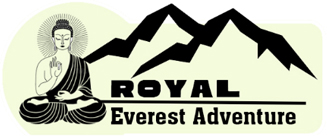
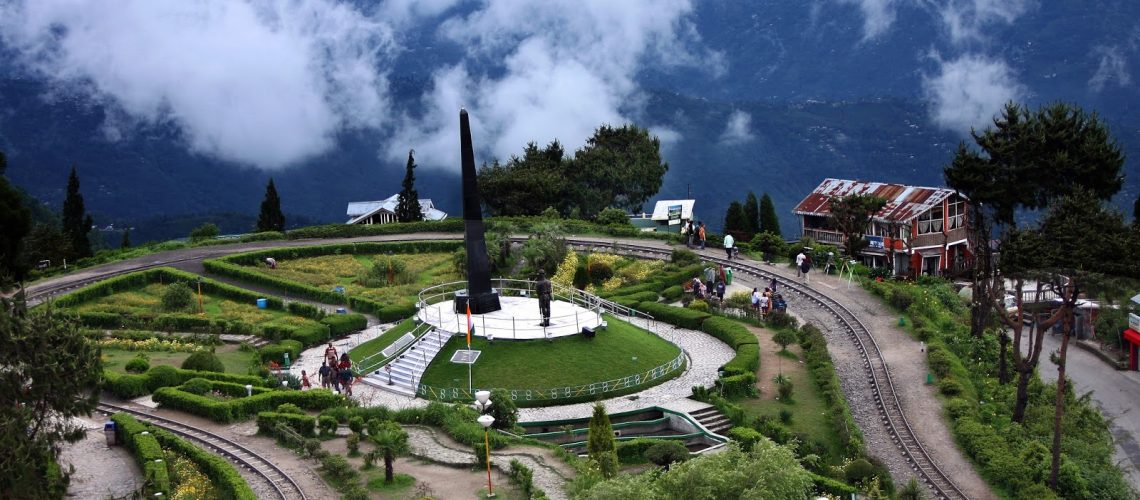

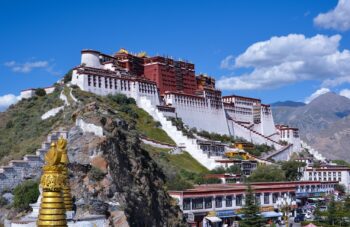
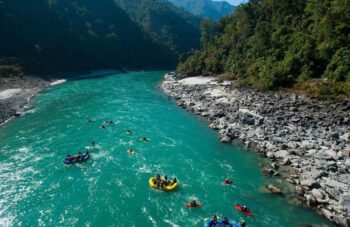
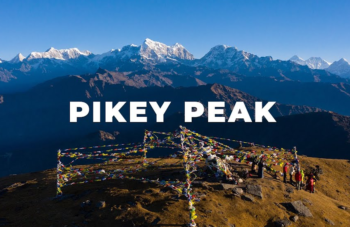
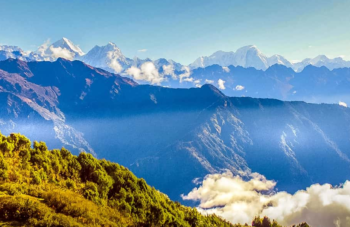
Leave a Reply